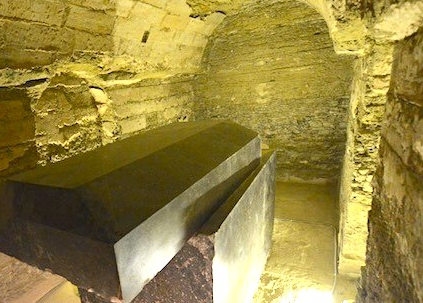Mainstream Archaeology’s Dirty Little Secrets
Each one of these wonderments defies belief. And as far as the first one on the list goes, not only are the black boxes of the Serapeum amazingly advanced looking, but how on earth did they get them in there? 70 tons along with a lid of 30 tons!
From Megalithic Marvels,
12 Photographs Mainstream Archaeology Does Not Want You to See
“Conventional archaeology propagates the notion that the further we look back into history, the more archaic the civilizations we see and the more inferior their methods of construction. Yet all over the world are ancient anomalies and megalithic marvels constructed with a lost high technology that confound today’s experts, defy our greatest modern engineering and tell us a different version of history.
1. The Black Boxes of the Serapeum
Located in the area known as Saqqara, the Serapeum is one of the most enigmatic ancient sites in all of Egypt. Lost under the sands of time, this labyrinth was discovered in 1850 which hides 25 granite black boxes crafted with laser like precision. Each box weighs approximately 70 tons along with a lid of 30 tons cut from the same piece of stone. Each box was found empty and thus their purpose remains a mystery. It is estimated that these 100 ton stone boxes would need at least 2000 men to transport them. However, with the tunnels being only 2 feet wider than the boxes themselves, there would not have been nearly enough space inside for such a vast army to lower and transport these boxes to their resting places. 1 The Egyptians would have had to use torches to see inside the pitch black tunnels, yet there is no evidence of smoke markings from flame light on the low tunnel ceilings. The stone was quarried in Aswan about 1000 kilometers away. The official statement from Egyptologists is that these boxes were made during the late dynastic period as burial places for sacred bulls, but it would have been impossible for the dynastic Egyptians to do so with softer bronze tools. The very crude hieroglyphic carvings on the outside of 3 of the boxes were most likely made thousands of years later by the Egyptians who found them in SITU (Notice how advanced the much older box appears compared with its enclosure)…”
For the other 11, click here.
Share

